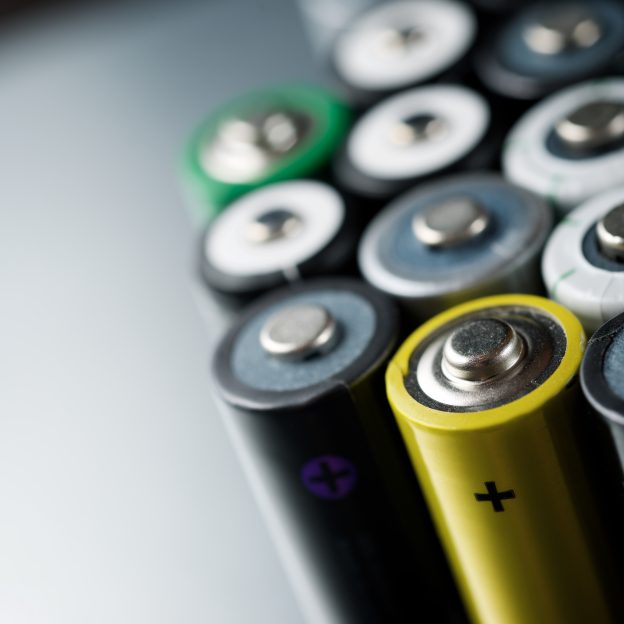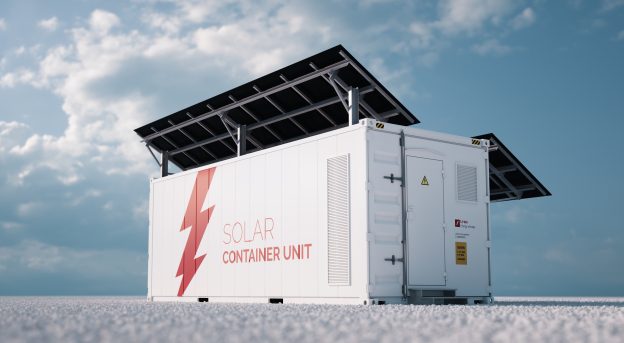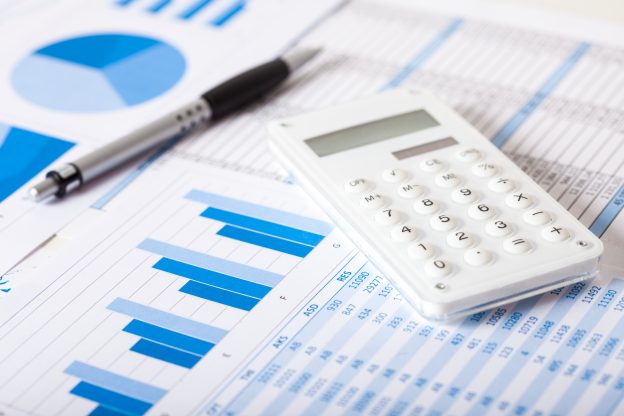On June 6, 2024, the European Central Bank started to cut interest rates, reducing the deposit facility rate from 4% to 3.75% and the refinancing rate from 4.5% to 4.25%.
(1) Interest rates are an important factor affecting the willingness to invest in photovoltaic and energy-storage power stations. Once the interest rate cut cycle starts, it will be beneficial to the new installed capacity of photovoltaic and energy-storage power stations in the medium and long term.
As we all know: a) The total investment IRR of a photovoltaic power station is affected by four major factors, including the system cost of the photovoltaic power station, the operation and maintenance cost of the photovoltaic power station, the electricity price, and the power generation. b) The IRR of the photovoltaic power station's own funds ≈ the IRR of the total investment + the debt-equity ratio × (the IRR of the total investment-interest rate). c) The investment intention of the photovoltaic power station operator ∝ the IRR of the own funds-interest rate. d) In time series analysis, the interest rate has the characteristic that the autocorrelation regression coefficient is significantly greater than 0, and has a strong "momentum effect".
From the above four basic points, it is not difficult to deduce that: a) The investment intention of the photovoltaic power station operator ∝ the equity multiplier × (the IRR of the total investment-interest rate). That is, when other factors remain unchanged, the lower the interest rate, the stronger the investment intention of the photovoltaic power station investor, and the higher the level of new installed capacity of the photovoltaic power station. b) Once a new interest rate trend (downward or upward) is formed, it will last for a long time, thereby driving the continuous upward or downward growth rate of the new installed capacity of photovoltaic power stations.
This rate cut is the first by the European Central Bank in the past five years, and its significance is far-reaching: it means that the growth rate of new installed capacity of European photovoltaic power stations will be positively boosted for a considerable period of time in the future.
(2) Interest rate cuts are beneficial to precious metal prices, especially to the investment demand and real demand for silver, thereby benefiting the cost competitiveness of HJT technology compared to TOPCon technology.
The positive impact mechanism of interest rate cuts on silver prices is multifaceted: on the one hand, macro liquidity will improve after the interest rate cut cycle starts, so that global capital will be allocated to invest in more commodities and assets, which is beneficial to the investment demand of silver. On the other hand, since the use of silver in photovoltaics has reached 5,000 tons/year in 2023, accounting for about 1/6 of the global silver production in a year, the interest rate cut will drive the new installed capacity of photovoltaics, which will naturally drive the consumption of silver, which will stimulate the price of silver from the perspective of real demand growth. Therefore, the interest rate cut will benefit the medium- and long-term silver price from the two dimensions of investment demand and real demand. In the past two days, affected by the interest rate cut of the European Central Bank, the price of silver has indeed risen rapidly from 7,800 yuan/kg on June 4 to 8,250 yuan/kg at 24:00 on June 6, 2024.
The impact of the rise in silver prices on the relative competitiveness of the two photovoltaic cell technologies HJT and TOPCon has been described in "Silver prices soar, and the cost advantage of HJT begins to stand out! ", "Silver price soars to 8,000 yuan per kilogram, HJT wins the technical route competition ahead of schedule! "These two articles explain. According to the calculation of SOLARZOOM New Energy Think Tank, at a silver price of 8,000 yuan/kg, based on the silver consumption of TOPCon and HJT at the end of 2024, HJT's cost advantage in metallization compared to TOPCon is about 0.037 yuan/W. If the silver price rises further by 18,000 yuan/kg, the metallization cost advantage of HJT compared to TOPCon will expand to 0.093 yuan/W.
From the above two aspects, the European interest rate cut is valid for the medium- and long-term upward trend of silver prices (both theoretically and practically), and its boost to the medium- and long-term cost competitiveness of HJT compared to TOPCon is even more obvious.
(3) The interest rate cut will help increase the market share of ground-based centralized power stations and will be beneficial to the development of HJT, an ultra-high bifacial battery technology route.
In terms of the change in the share of centralized power stations and rooftop distributed power stations, two macro factors play a relatively important role: one is the interest rate, and the other is the oil and gas price. The investment logic of centralized power station operators is to maximize the IRR of their own funds per unit investment; the investment logic of rooftop distributed power stations is to maximize the amount of electricity bills saved by replacing fossil energy consumption with photovoltaic power generation under a limited roof area. Therefore, the installed capacity of centralized power stations is more sensitive to interest rate factors, while the installed capacity of rooftop distributed photovoltaics is more sensitive to energy price factors.
In the past few years, the global share of centralized power stations has declined, while the share of rooftop distributed photovoltaics has increased. This trend is deeply affected by the interest rate hike cycle in the past few years (thereby curbing the growth of centralized power stations) and the rise in oil and gas prices (thereby stimulating the growth of rooftop distributed photovoltaics).
This interest rate cut has opened a new interest rate downward cycle, which will naturally have a profound impact on the structural changes in the global photovoltaic market. Coinciding with the current global natural gas price slump, it is not difficult to judge that the share of centralized power stations in the future may reappear with a high probability of an upward trend.
If the share of centralized power stations resumes its upward trend, it will be a major positive for HJT technology, which has a bifaciality rate of up to 90-95%. HJT's bifaciality is about 10 percentage points higher than TOPCon, so it can naturally play a better role in the centralized power station market. Therefore, this is also beneficial to the promotion of HJT technology from another perspective.
(4) The interest rate cut coincides with the achievement of global economic parity conditions for photovoltaic and energy storage, which will accelerate the large-scale replacement of fossil energy power generation with photovoltaic and energy storage
Since 2024, the price of photovoltaic modules has fallen to 0.8-0.9 yuan/W, and the price of lithium iron phosphate batteries has fallen to less than 0.4 yuan/Wh. Therefore, the current system cost of "1W photovoltaic + 2Wh energy storage" is lower than the system cost of 1W photovoltaic at the end of 2022. Judging from the IRR calculation model of photovoltaic power stations around the world, the economic conditions for the parity of "1W photovoltaic + 2Wh energy storage" photovoltaic power storage have been met at the beginning of 2024. Therefore, photovoltaic power storage, which has the ability to sell at any time of the day, has the ability to replace fossil energy power generation in a large proportion in terms of economic efficiency.
For photovoltaic power storage to truly start to replace fossil energy power generation on a large scale, the following conditions must be met: a) The electricity spot market policy is introduced, and photovoltaic power storage can participate. This condition ensures that photovoltaic power storage can find the highest electricity price period in the 15-minute trading electricity market to replace the share of thermal power; b) Interest rate conditions and fossil energy prices change in a direction that is conducive to the release of investment willingness in photovoltaic power stations.
This European interest rate cut coincides with the global realization of photovoltaic and energy storage parity. In Europe, where the electricity spot trading market is relatively developed, it will inevitably accelerate the large-scale development of photovoltaic and energy storage power stations and promote the accelerated evolution of the third-generation energy revolution!
In summary, the European Central Bank's interest rate cut is beneficial to the demand for photovoltaic terminals, accelerates the penetration rate of HJT, and blows the horn of the era of photovoltaic and energy storage parity!
Source:solarzoom







